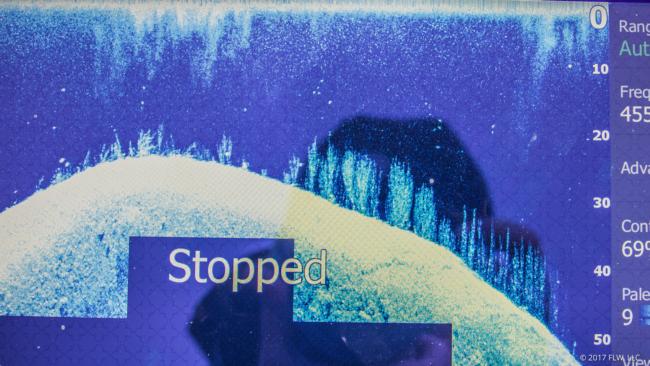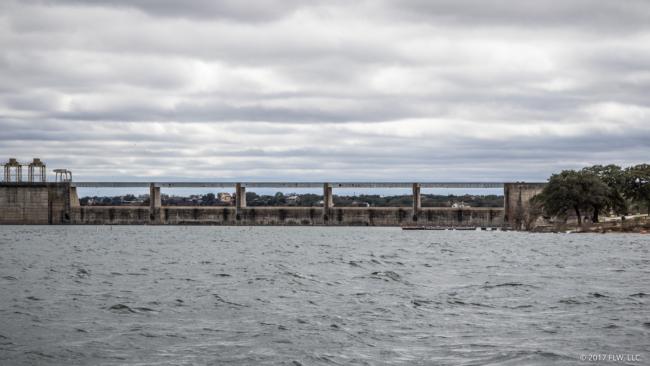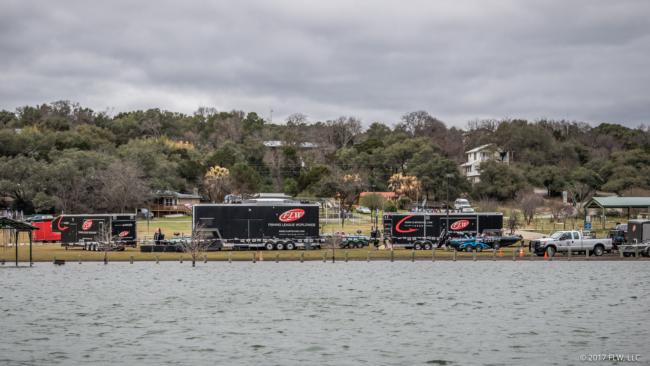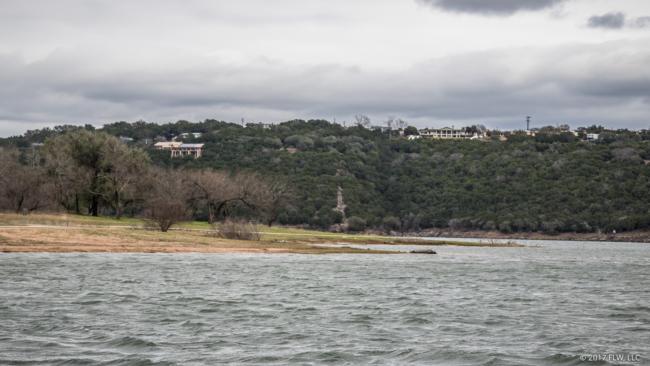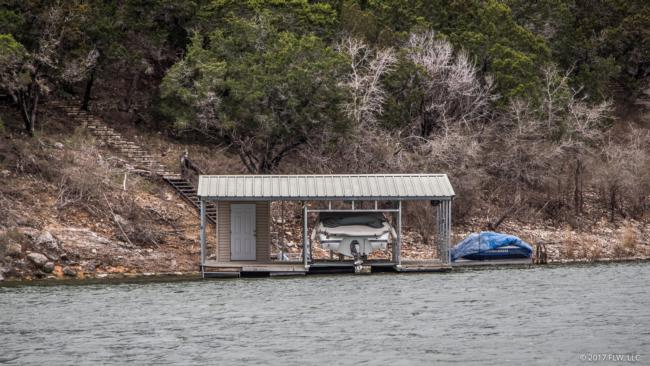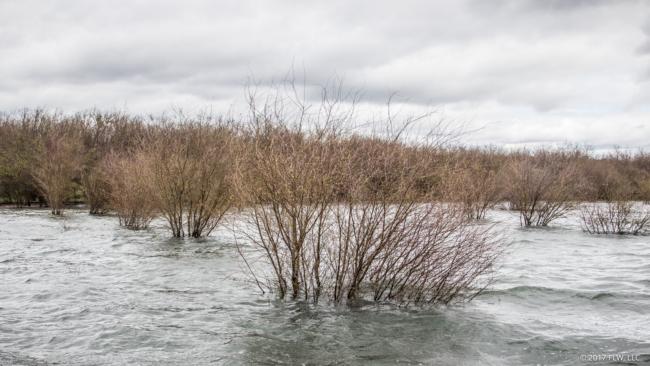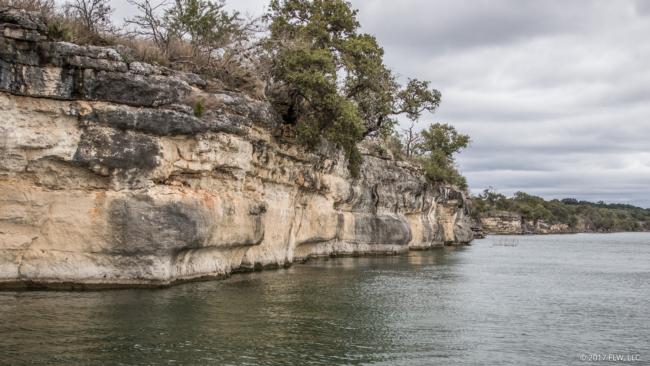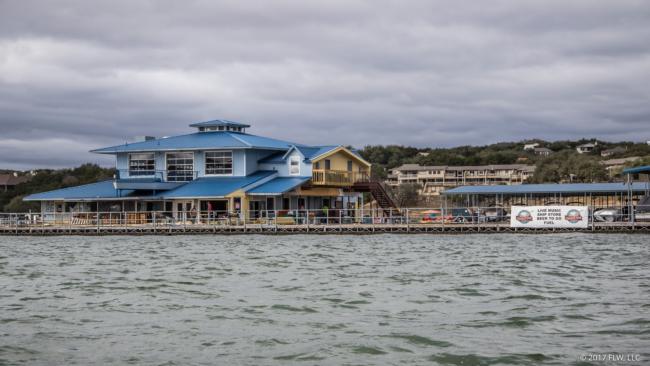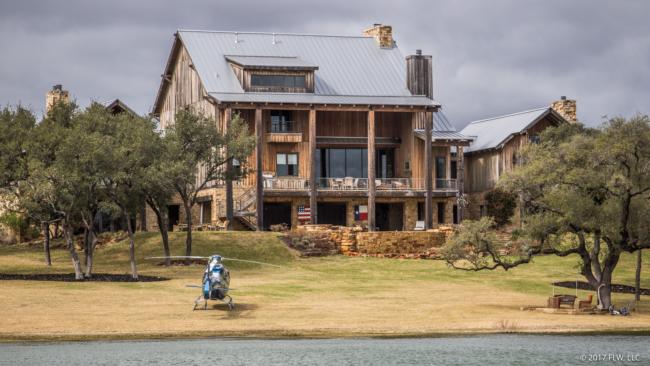A Look Around Lake Travis
What the playing field for stop No. 2 of the FLW Tour looks like
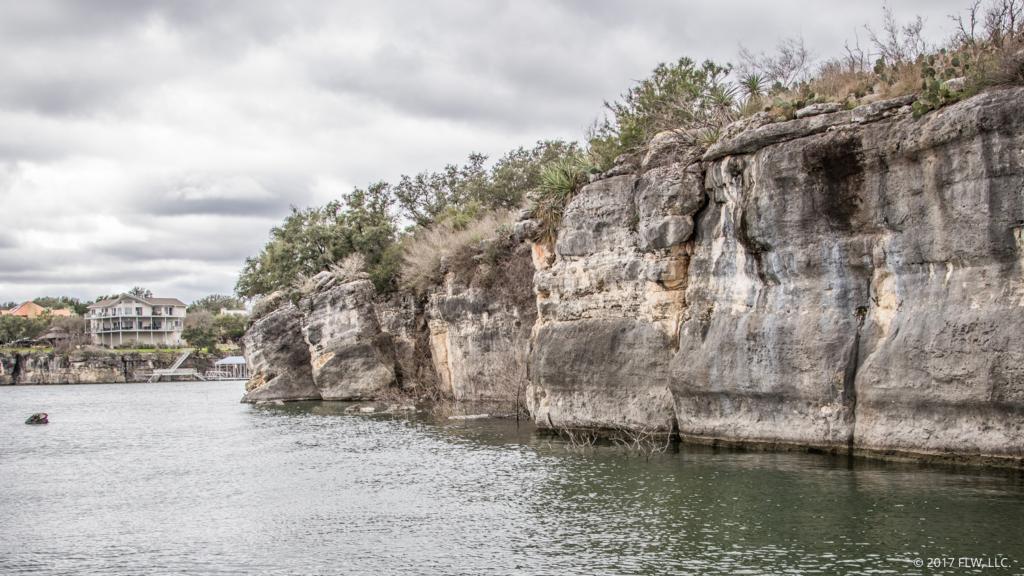
Set in the Texas hill country outside of Austin, Lake Travis is nothing like most of the lakes you think of when you think Texas bass fishing. Travis is much steeper and deeper than the average Texas lake, and the most common comparison anglers are throwing around are places like Table Rock or Beaver Lake in the Ozarks. With very little history on Travis, we should be in for an interesting week.
The first thing to know about Travis is that until quite recently, it was very low. For a fairly long stretch, the lake was about 50 feet lower than it is now, and that allowed all kinds of brush and trees to grow up on the exposed banks. The last two years the water level has come back up to full pool, so there’s almost unlimited brushy cover in the lake.
Travis is also quite deep, topping out at well over 150 feet deep in the channel. A lot of that depth is pretty hard to fish because of how steep many of the points and drops in the lake are, but there are some longer points and deeper flats that could be good targets for prespawn and winter bass.
Built in 1942, the dam at Travis was made taller than needed to protect against floodwaters. Unlike a TVA lake, Travis doesn’t have a whole lot of current and isn’t used primarily for power generation – its main purpose is to hold floodwaters.
Though Travis isn’t a huge lake, it does serpentine about 65 miles up the Colorado River (not the Colorado River in the Grand Canyon, but a different one) from the dam and it has plenty of creek arms and coves that twist off it. One of the major arms coming off the main channel is the Pedernales River, made famous in “Big City Blues,” written by Keith Gattis and sung by Charlie Robison. Looking at that arm on Google Earth is a revelation – just a few years ago, it was merely a trickle running into Lake Travis. Now, at full pool, that little river looks like any other creek.
Jones Brothers Park is the site of takeoff and is located in Sandy Creek. It’s one of the bigger creek arms on the lake and is down near the dam just a few minutes’ run away. It’s easy access for folks who want to fish the lower end of the lake. Pros who want to run up farther will have a bit of a hike depending on how far they want to go.
Travis is very windy and bluffy, but there are places where the lake opens up. With a big wind, it can get rough in sections, but it’s not the kind of lake where 3-footers sweep for miles. Any really rough water is likely to be concentrated in a few spots depending on the wind. That’s a different story on the weekend when Austin takes to the lake for fun in good weather.
The three biggest fishing features of Travis are probably docks, brush and bluffs. There is flooded brush at almost any depth, and most of the coves in the lake have some bushes lining the bank. Some shorelines are almost choked out with brush.
The bluffs in Travis run for miles and offer a ton of variety. Some have little ledges and drops like Lewis Smith Lake, some are nearly sheer and others break up and are just steep rocky banks.
Because of water fluctuations, every dock in Travis is a floating dock. Being near Austin, Travis has plenty of population living around it. To go with the people there are a pile of docks to hold boats and presumably to hold bass.
Travis also has a number of very large floating marinas. Most of the marinas are over fairly deep water, and bass do hold around them. Deep marinas can be a hard bite to tap consistently (David Williams’ trials in last fall’s FLW Tour Invitational on Norris are a good example), but we could certainly see some big fish caught near a marina this week.
One of the defining features of Travis is its proximity to Austin. There are some pretty sweet houses on the lake. If you stay tuned to the OTW galleries during the tournament you will no doubt see some beauties. With any luck, we’ll see some beauty bass, too.
